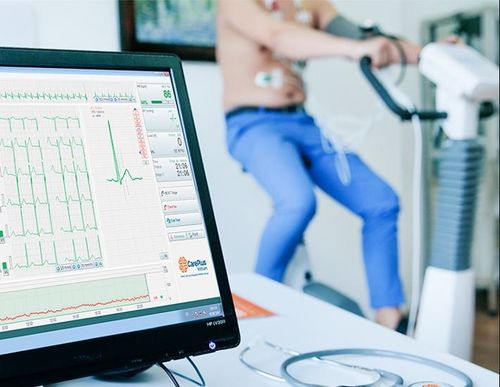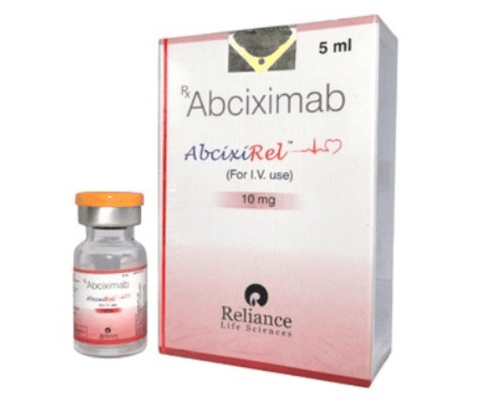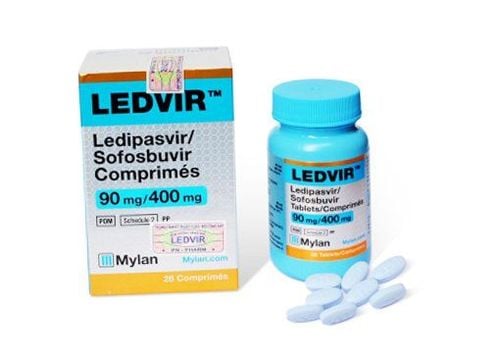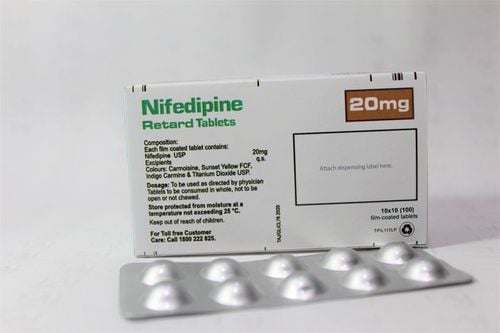This is an automatically translated article.
Articles by Dr. Dang Thi Linh - Cardiovascular Center - Vinmec Times City International General Hospital
Coronary heart disease (BMV) is a common cardiovascular disease and the leading cause of death worldwide. If not detected and treated in time, the disease can leave complications and unpredictable consequences for the patient such as heart failure, arrhythmia, sudden death... The disease can be prolonged and stable, but there are also complications. can become unstable at any time, typically with an acute atherosclerotic event known as acute coronary syndrome (HCVC).
1. Common factors associated with coronary artery disease
Over the course of our lives, many risk factors have been identified as the cause of atherosclerosis, which causes coronary artery disease. Current studies clearly show that there are two types of risk factors for coronary artery disease as follows:
Unmodifiable risk factors:
Age (men over 50 and women over 55): frequency of coronary heart disease increases with age, the older the age, the greater the risk of disease; Gender: studies in the US show that men have a higher rate of CAD than women; Family history: the risk of CVD is higher for people whose parents, grandparents or siblings have cardiovascular events under the age of 55 (for men) and under 65 (for women); Modifiable risk factors:
Sedentary, sedentary lifestyle: people who are often sedentary, do not exercise regularly, have a higher risk for cardiovascular diseases and other diseases. related diseases; Smoking: The habit of smoking increases the risk of cardiovascular diseases in general and especially CVD Drinking a lot of alcohol and beer is also an important cause of CVD and causes angina pectoris. Related diseases: CVD easily occurs in patients with concomitant diseases such as hypertension, diabetes, dyslipidemia, obesity...

Hút thuốc lá là một trong các yếu tố nguy cơ gây bệnh mạch vành
2. Symptoms
Due to the "dynamic" nature of atherosclerotic plaques, the symptoms of the disease can have many different clinical manifestations: from acute coronary syndrome to chronic coronary syndrome, with mild to severe angina pectoris. typical regurgitation, even the first manifestation may be a complication of heart failure, cardiac arrest.... Shortness of breath is sometimes the only symptom or even no particular symptom in the elderly. diabetes.
Typical angina is the most common symptom to help patients and medical staff recognize the disease, with the following characteristics:
Location: left chest area, behind the sternum, but can also appear in other areas. other locations such as the epigastrium, under the chin, between the shoulder blades or extending to the wrists and fingers. Nature of pain: feeling of heaviness, compression of the heart, or burning sensation. Shortness of breath may be accompanied by angina, or other less specific signs such as fatigue, fainting, nausea, restlessness, sweating... The pain usually lasts less than 10 minutes, rarely several second. The pain appears and increases with exertion such as climbing slopes, climbing stairs, walking briskly, going against the wind... and quickly disappears within minutes when these causative factors subside.
3. Measures for early diagnosis
Based on the presence of risk factors and symptoms to stratify the likelihood of disease, then select the appropriate anatomical and functional assessment tests, including:
Stress electrocardiogram Stress echocardiogram, SPECT myocardial perfusion, PET Contrast coronary computed tomography: helps to check the degree of coronary occlusion and calcification with high exclusion ability Direct coronary angiography Catheterization: usually performed when the patient has a high clinical probability or initial laboratory tests indicate high risk; or when the patient needs coronary intervention. The doctor will insert a small tube into a blood vessel in the arm or thigh, push it up to the heart, and then inject contrast material to see if the blood vessels supplying the heart are blocked. This is the gold standard for diagnosis.

Điện tâm đồ gắng sức là một trong các xét nghiệm lâm sàng giúp chẩn đoán bệnh mạch vành
4. Methods of treatment
Treatment of coronary artery disease by any method depends on the severity and type of disease. The basic treatment in the stages of the disease is: lifestyle changes, control of comorbidities, drug therapy.
Revascularization treatment with modern measures such as balloon angioplasty, coronary stenting to re-circulate blood flow to supply oxygen to the damaged myocardium can limit later events, improve symptoms symptoms, reduce mortality and improve quality of life for patients.
Vinmec Times City Hospital is equipped with a high-tech operating room that can simultaneously perform minimally invasive procedures combined with coronary artery bypass surgery in patients who are not suitable for catheter intervention.
Besides, scientists are also studying more ways to treat coronary heart disease, including: Transplanting stem cells into coronary arteries or veins or directly into heart muscle tissue with angiogenic properties , heal the damage, bring many prospects for the patient.
5. Life mode
Changing bad habits and building a suitable lifestyle helps prevent and slow the progression of coronary heart disease.
Stop smoking and avoid passive smoking (avoid secondhand smoke); Reasonable diet: avoid fast foods, processed fatty foods, especially foods with high saturated fat content. Should eat more vegetables, fruits, legumes, nuts, grains.... Limit alcohol to <15g/day equivalent to 1 can of beer. Physical activity: be active every day for at least 30-60 minutes/day. However, for cardiovascular diseases, patients should discuss with their doctor to choose the right form of exercise and intensity for their health status Weight adjustment: achieving and maintaining a healthy weight. at a reasonable weight, lose weight through increased physical activity and reasonable dietary adjustments; Good control of comorbidities: patients need regular check-ups to detect and promptly treat diseases related to coronary heart disease, such as diabetes, obesity, overweight, dyslipidemia, etc. hypertension...
Vinmec Times City Hospital Heart Center was built and developed with the orientation to become the leading Cardiovascular Center in Vietnam and the region. To realize this goal, Vinmec has equipped with the most advanced machinery system such as: CT 640 (Toshiba), MRI 3 Tesla machine (Siemens), high-end endoscopic equipment EVIS EXERA III (Olympus). Japan), Hybrid operating room according to international standards, Avace advanced anesthesia system,...
Please dial HOTLINE for more information or register for an appointment HERE. Download MyVinmec app to make appointments faster and to manage your bookings easily.













